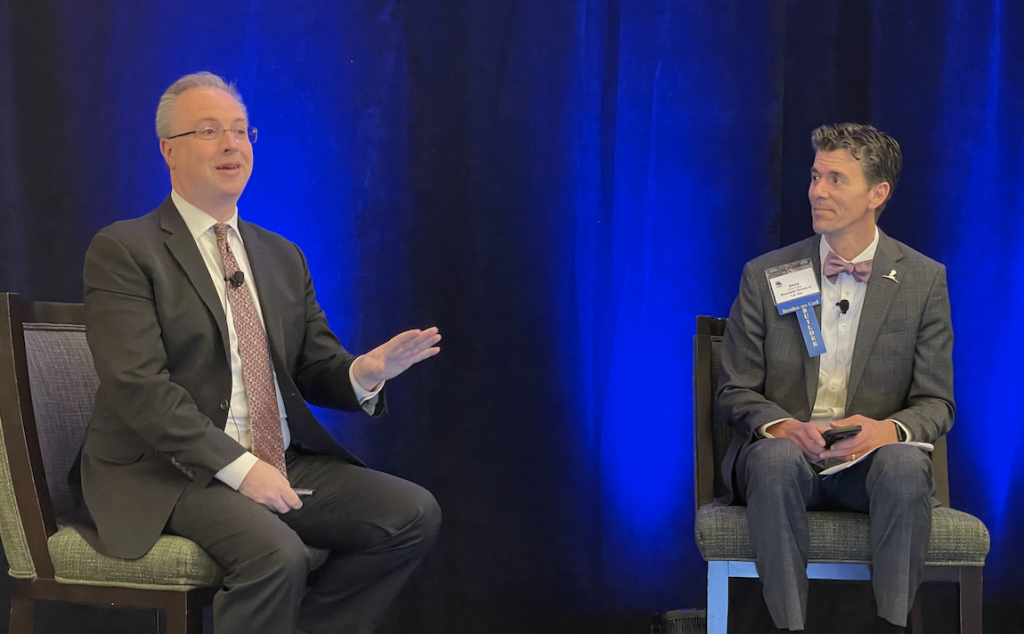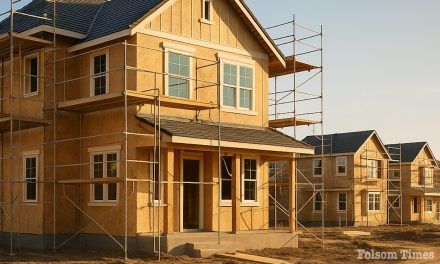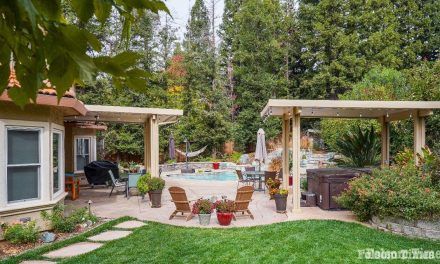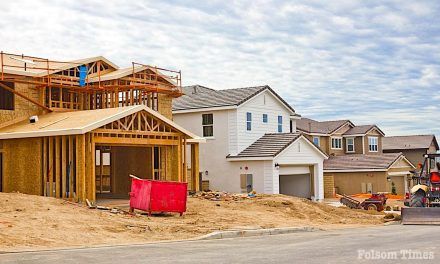The pent-up demand for homeownership overall and the emergence of the Millennial generation into their prime homebuying years is expected to lead to strong growth in new-home construction during the second half of the 2020s, a national economist said.
Robert Dietz, the chief economist for the National Association of Home Builders, told about 200 members of the North State Building Industry Association Thursday that the homebuilding industry has weathered the worst of the headwinds caused by the Federal Reserve’s sharp increase in interest rates as it tries to combat inflation.
“We have a good runway for housing growth during the second half of the decade,” Dietz said. “By 2024, you’ll start seeing year-over-year increases in single-family building.”
He expects the Fed will pause further interest rate hikes after one more quarter-point hike in May as inflation slowly falls and the economy faces a possible recession. That will lead to a normalization of interest rates and renewed interest in buying.
That trend is already being seen in the Sacramento region as new-home sales have rebounded as buyers adjust to the new normal of mortgage interest rates hovering at or below 6%, which are still favorable compared to much higher rates seen in previous decades.
“The industry can work with interest rates below 6%. Buyers know they won’t see rates of 2-3% again in their lifetimes and have adjusted. We’ll get enough buyers at those rates for favorable growth,” he said.
Another factor helping new home sales, he said, was the lack of existing homes on the market. Many people purchased or refinanced their mortgages at the extremely low rates available in recent years and aren’t motivated to sell. In fact, he said new homes now make up about 30% of the available homes on the market, three times their historical average.
While affordability is a concern in Sacramento, Dietz said the area continues to compare favorably to the Bay Area’s housing market. While NAHB calculates that 12.7% of homes in the region are considered affordable to a family earning the local median income, he noted that just 4% of Bay Area homes are considered affordable. Nationally, the affordability rate is 38%, down from about 65% when the pandemic hit.
He said the solution to the affordability crisis is two-fold: for governments to encourage the construction of enough homes and apartments to bring supply into balance with demand and to reduce the regulatory costs they impose. Nationally, NAHB says those fees and regulations cost about $94,000 per home, but he noted that in the Sacramento area direct fees alone average nearly $100,000 per home in addition to all the other government requirements such as open space requirements, changes to building codes and architectural design standards that go beyond the ordinary.
He said as much as 35% of the cost of housing in California is due to government regulations, compared to 24% nationally.
Dietz forecasts that from 2025-2030, single-family home construction nationally will be at or above 1.1 million a year, allowing for a gradual reduction of the supply/demand imbalance. However, he warned that the 2030s could be more difficult as American fertility rates have fallen sharply in recent years so when Generation Alpha – children born since 2013 – reach homebuying years, the number of prospective buyers will be far lower than today.
“To house the number of millennials looking for homes, demand will grow and grow and grow,” he said. “But that demand will fall for Gen Z and even more so for Gen Alpha.”





